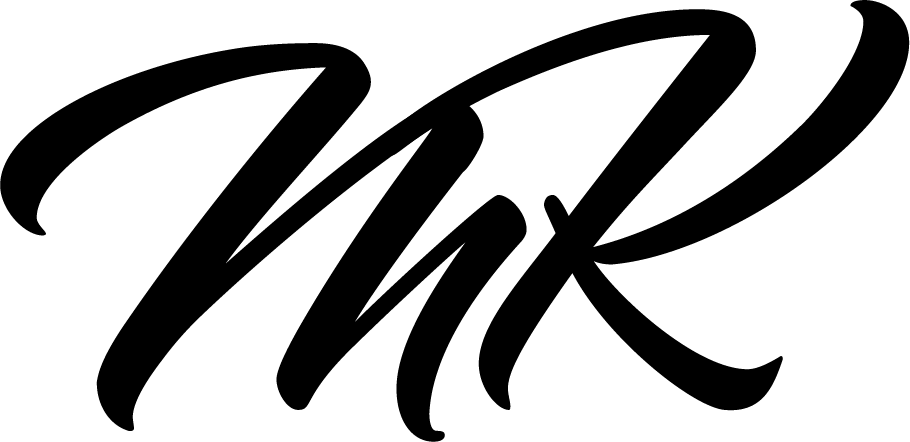
What is Biohacking?
In recent years, the emerging field of biohacking has gained significant attention as people seek to optimize their health, performance, and longevity through various methods.
By experimenting with lifestyle interventions, supplements, and technologies, biohackers seek to enhance physical and mental performance and overall well-being.
How can Retouchers Benefit from these Insights?
As retouchers who spend many hours sitting exposed to computer screens, it’s essential to prioritize maintaining good health to deliver optimal performance. Therefore, it makes sense to delve deeper into various aspects that biohacking can improve. We’ll explore some of these aspects below.
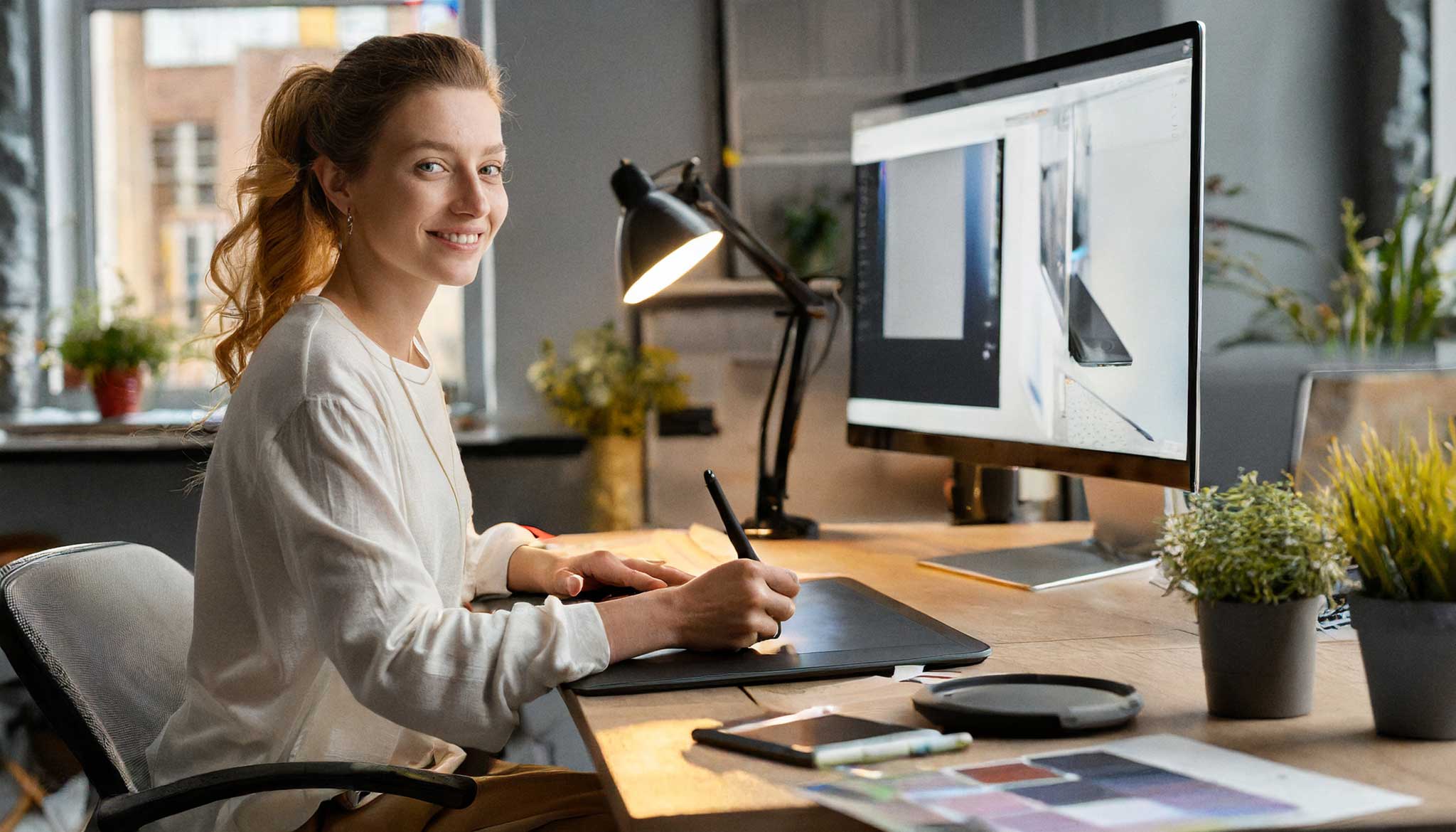
Biohacking Lights: The Key to Improving Retouchers’ Performance
For our retouching output, it is essential to how we can use the power of light to optimize our workday and increase well-being during long editing sessions.
Studies have shown that exposure to certain types of light at specific times of the day can significantly impact the circadian rhythm. The circadian rhythm is the natural 24-hour cycle that regulates sleep-wake cycles, hormone production, and other physiological processes.
Exposure to light at appropriate times can help synchronize the circadian rhythm, leading to better sleep quality, improved mood, and increased energy levels.
Why Natural Light is also Part of Biohacking
An essential aspect of using suitable biohacking lamps is first understanding the importance of natural light exposure.
The best time to be exposed to natural light throughout the day is in the morning, within the first one to two hours after waking up. Natural light in the morning helps regulate the circadian rhythm right from the start.

Spending time outdoors during the day can help regulate circadian rhythm and promote better sleep quality at night. Additionally, exposure to natural light has a range of benefits, including improved mood, cognitive function, and vitamin D production.
Why Blue Light Filtering Glasses are Important for Retouchers’ Health
Color assessment is undoubtedly an important aspect of retouching work, as the colors of an image can appear different depending on the type and quality of light in which it is viewed. In the past, we have learned a lot about how to use the right lighting conditions and color assessment tools to ensure accurate color representation. This can range from using a color-calibrated monitor in a properly lit environment, minimizing the impact of colorful objects in the office or to using a spectrophotometer to provide more accurate and precise measurements of color.
However, the use of blue light blocking glasses can be a valuable tool for retouchers to mitigate the negative effects of blue light emitted by electronic devices such as smartphones, laptops, and computers which can disrupt sleep and cause eye strain and fatigue. Some strong blue light blocking glasses, commonly used in professional gaming, have orange-tinted lenses that are specifically designed to block blue light wavelengths. These glasses filter out harmful blue light, while still allowing other wavelengths of light to pass through.
Ideally, for non-color-critical tasks such as emailing, time tracking, marketing, invoicing, accounting, and setting up the retouching workflow, retouchers can use blue light blocking glasses to promote better sleep quality and overall well-being. When switching back to color-critical tasks during the day, it is important to give the eyes a break to adjust to neutral color conditions to better judge light and colors.
In the best case, retouchers can find a compromise between the use of blue light blocking glasses and color assessment tools during the day to maintain good eye health and an appropriate sleep rhythm while still being able to pursue their work professionally.
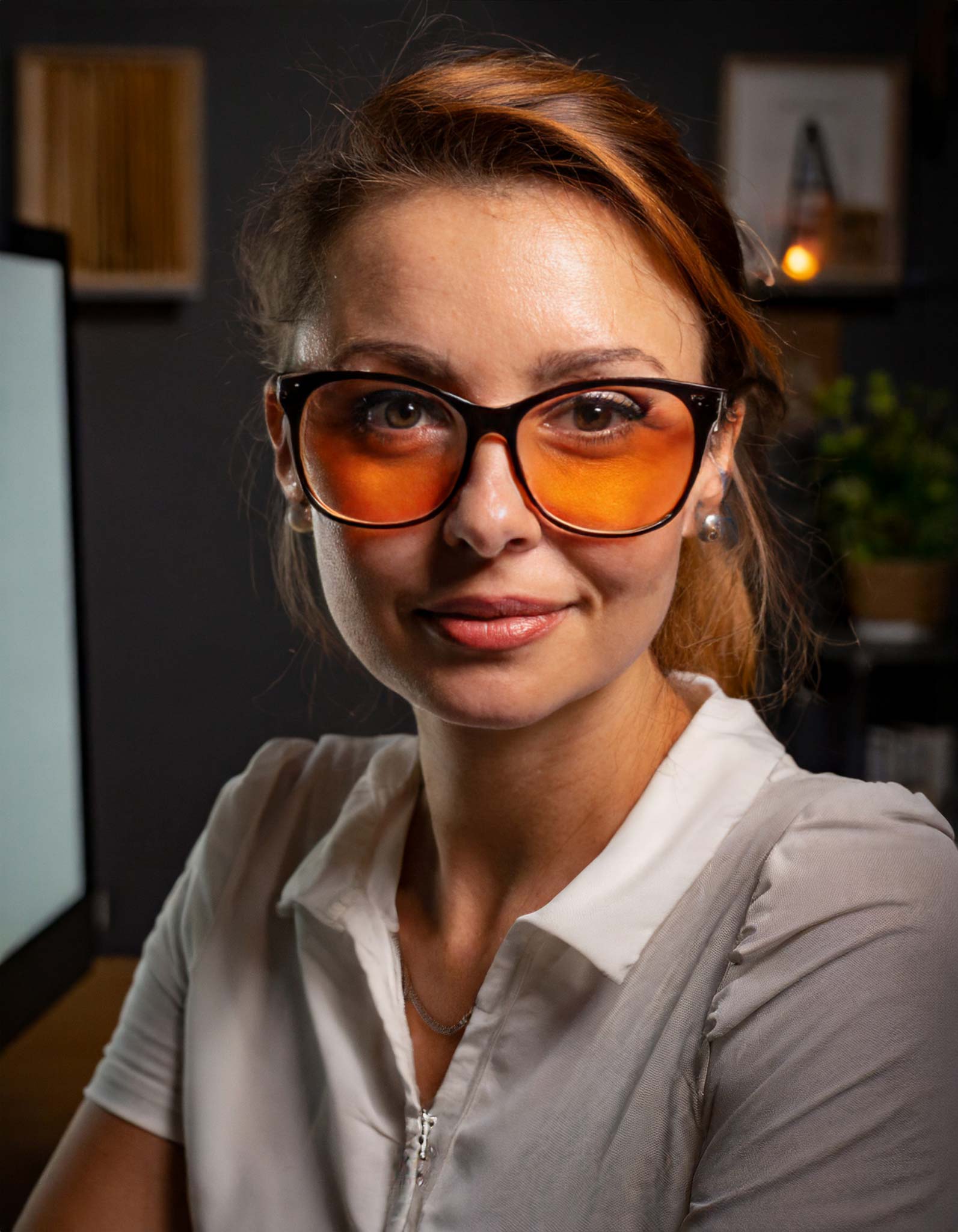
Can the Use of Plant Lights Improve our Biohacking Efforts?
Plant or grow lights are artificial light sources designed to support the growth and development of plants. However, their benefits extend far beyond the field of horticulture, and they can actually play a significant role in improving biohacking efforts of retouchers like us.
Plant lights emit a spectrum of light that closely mimics natural sunlight and can therefore regulate circadian rhythms.
In addition to their effects on circadian rhythms, plant lights can also enhance mood and energy levels. Exposure to bright light has been shown to increase the production of serotonin, a neurotransmitter that plays a key role in regulating mood and promoting feelings of well-being.
Plant lights can also help to combat the effects of seasonal affective disorder (SAD), a type of depression that occurs in response to seasonal changes in light exposure.
Another benefit of using plant lights in a biohacking context is their potential to enhance cognitive function and productivity. Exposure to blue light has been shown to increase alertness and cognitive performance, and plant lights emit a spectrum of light that includes a high proportion of blue light. By using plant lights to provide a source of blue light, we may improve our focus and concentration, and get more done in less time. Incorporating plant lights into your routine may be an effective way to achieve your goals.
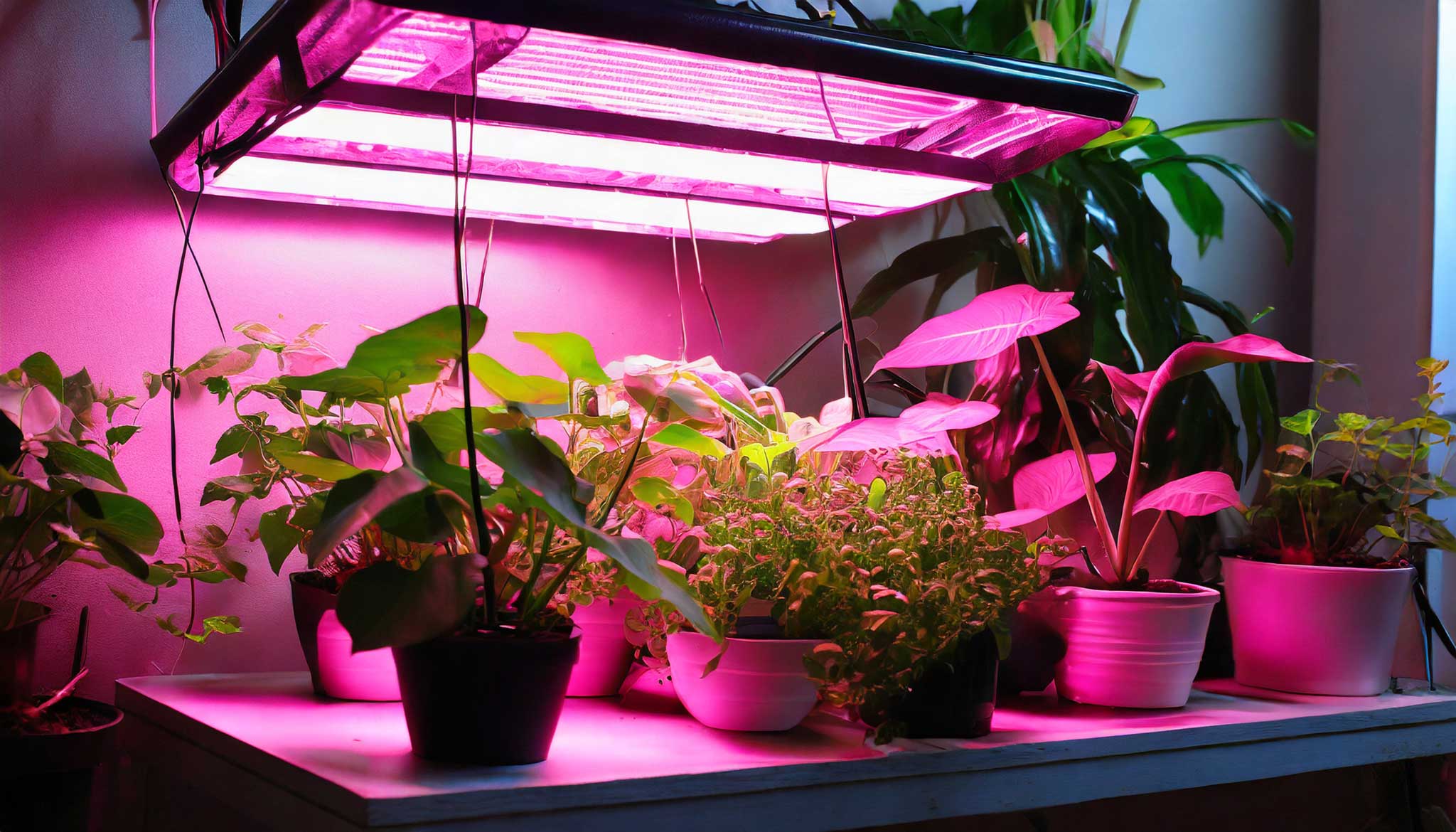
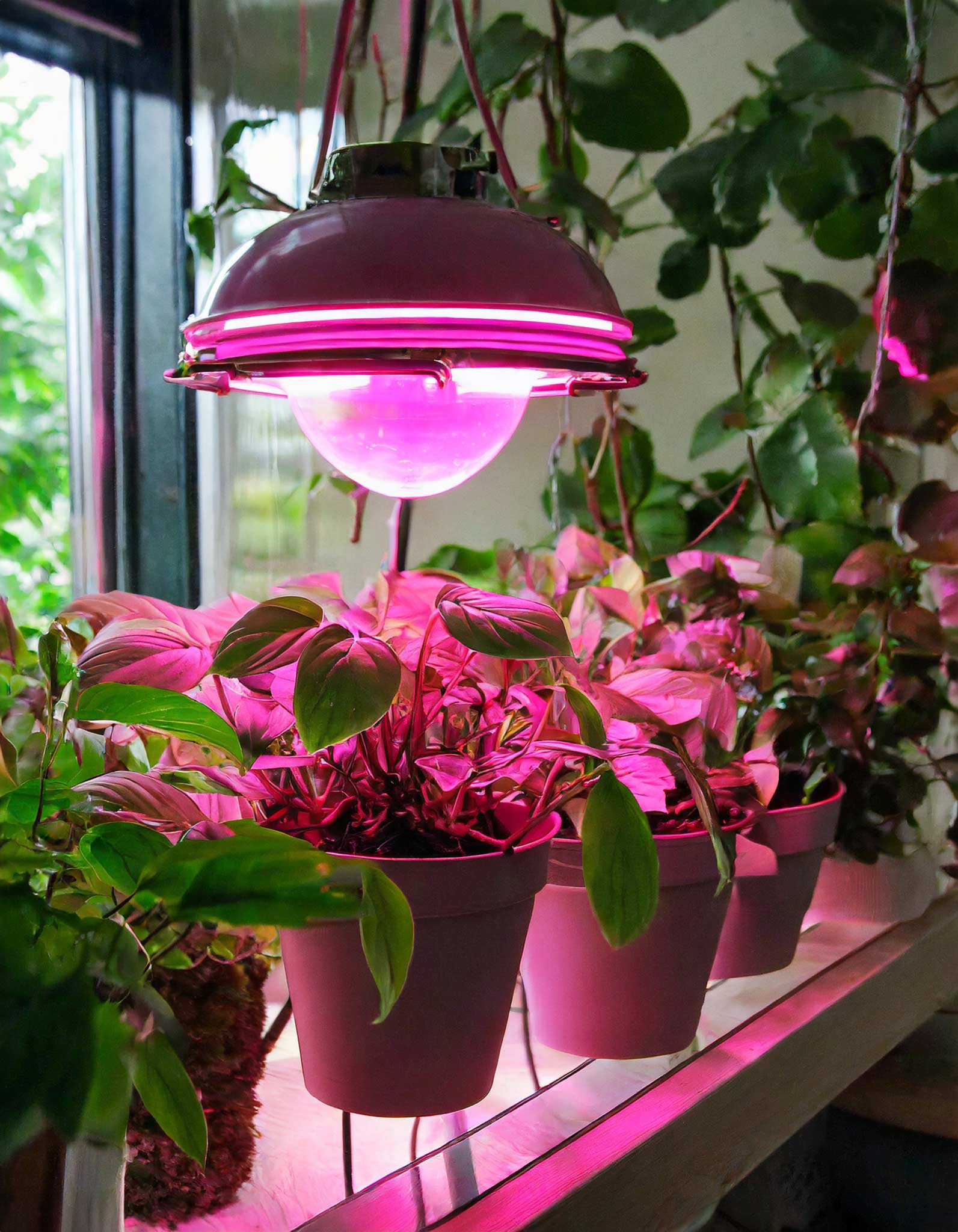
Daily Routine Plan for Biohacking with Lights
A Guide for Biohacking with Lights
To help us better understand the different aspects of light, we have created a schedule for when we should expose ourselves to various types of light:
- Natural light: Spend at least 20-30 minutes outside in the morning sun within an hour of waking up to help regulate your circadian rhythms, and promote alertness and energy throughout the day.
- Blue light: Blue light from devices can disrupt your sleep-wake cycle, but it can also be useful for promoting alertness and productivity during the day. Try to limit exposure to blue light in the morning or early afternoon, and avoid using devices emitting blue light before bed.
- *Plant light: Consider using plant lights throughout the day – in your work environment or at home – to regulate circadian rhythms, enhance mood and energy levels, and improve cognitive performance.
- Blue light-blocking glasses: Wear blue light-filtered glasses during times when exposed to blue light from devices, especially in the evening or before bed to mitigate its effects on sleep quality and circadian rhythms. Consider wearing them during the day to reduce eye strain.
Final Thoughts
In conclusion, biohacking provides a means of enhancing our physical and mental performance and promoting overall well-being. As retouchers, we can use biohacking lights and technologies to optimize our working routine and maintain good health over the long term. So, taking biohacking seriously is an excellent option to maximize our performance and health! Start right away!
If you found this article helpful, be sure to check out our other blog articles in the Smart Work section. Give some special attention to this one: The perfect light setup for post-production.
Also, if you have any suggestions, additions, if this post is out of date, or if you find any mistakes, feel free to leave a comment. You are welcome to share this post, and we are very grateful for every recommendation.
